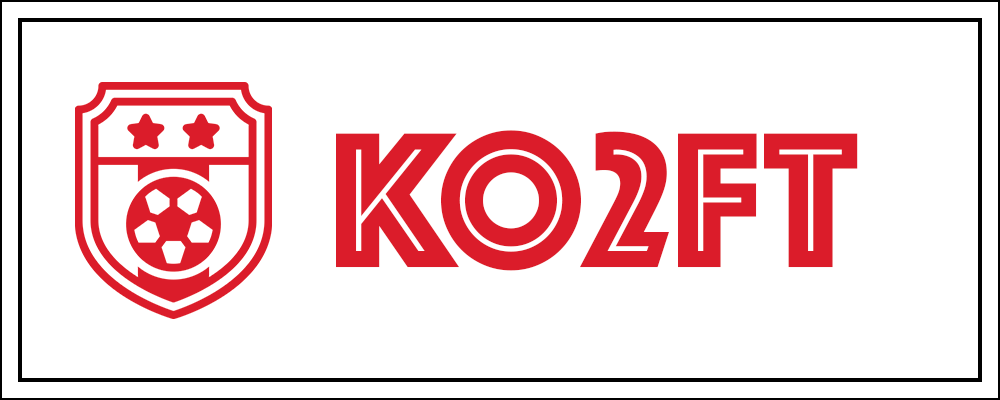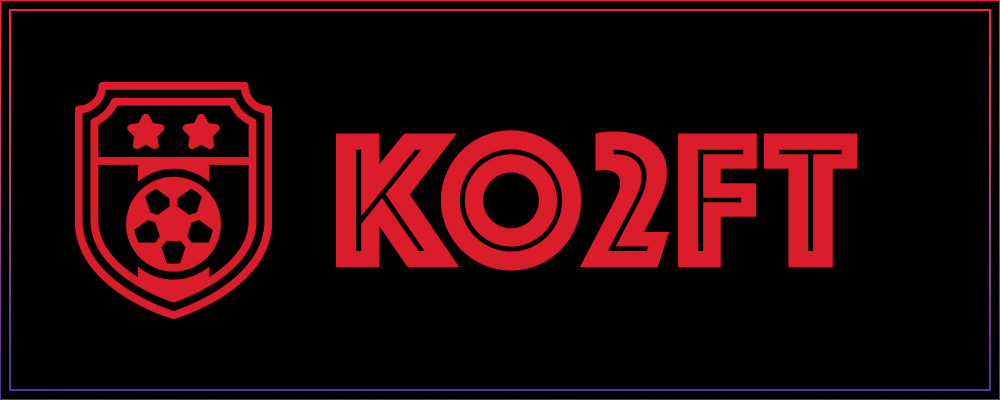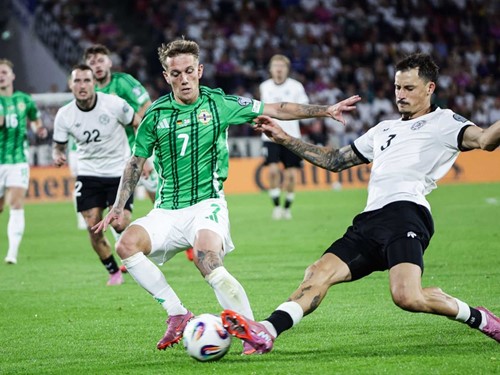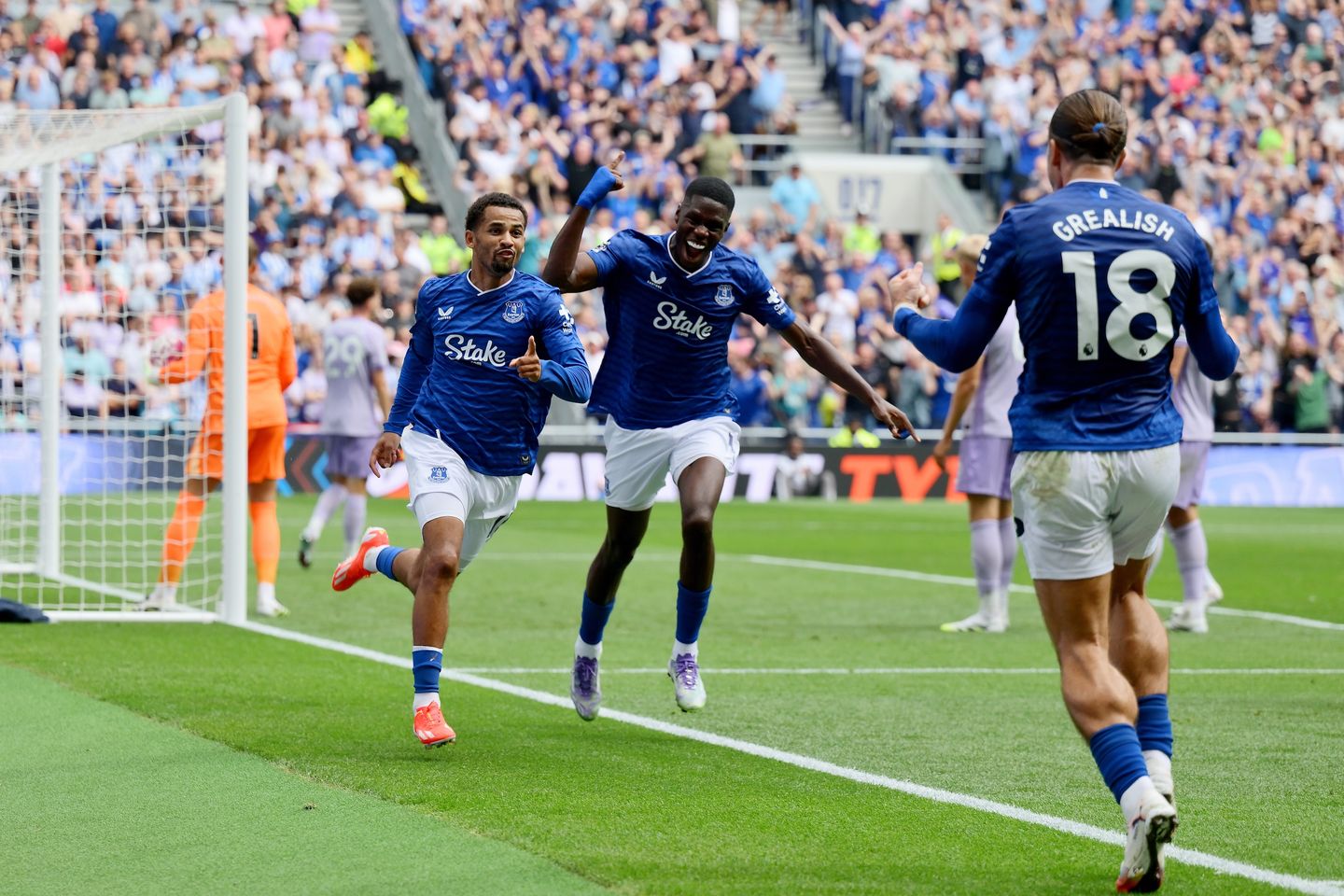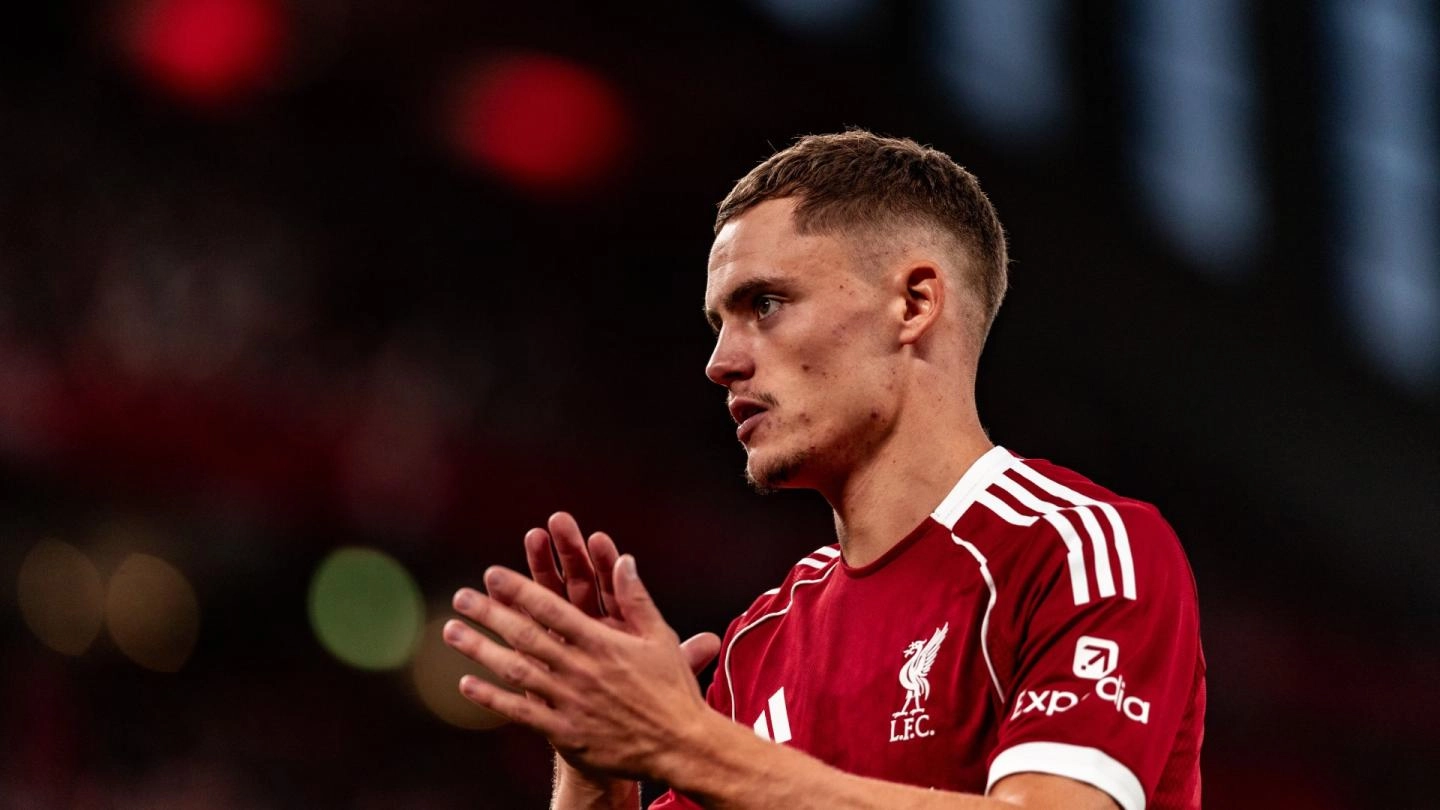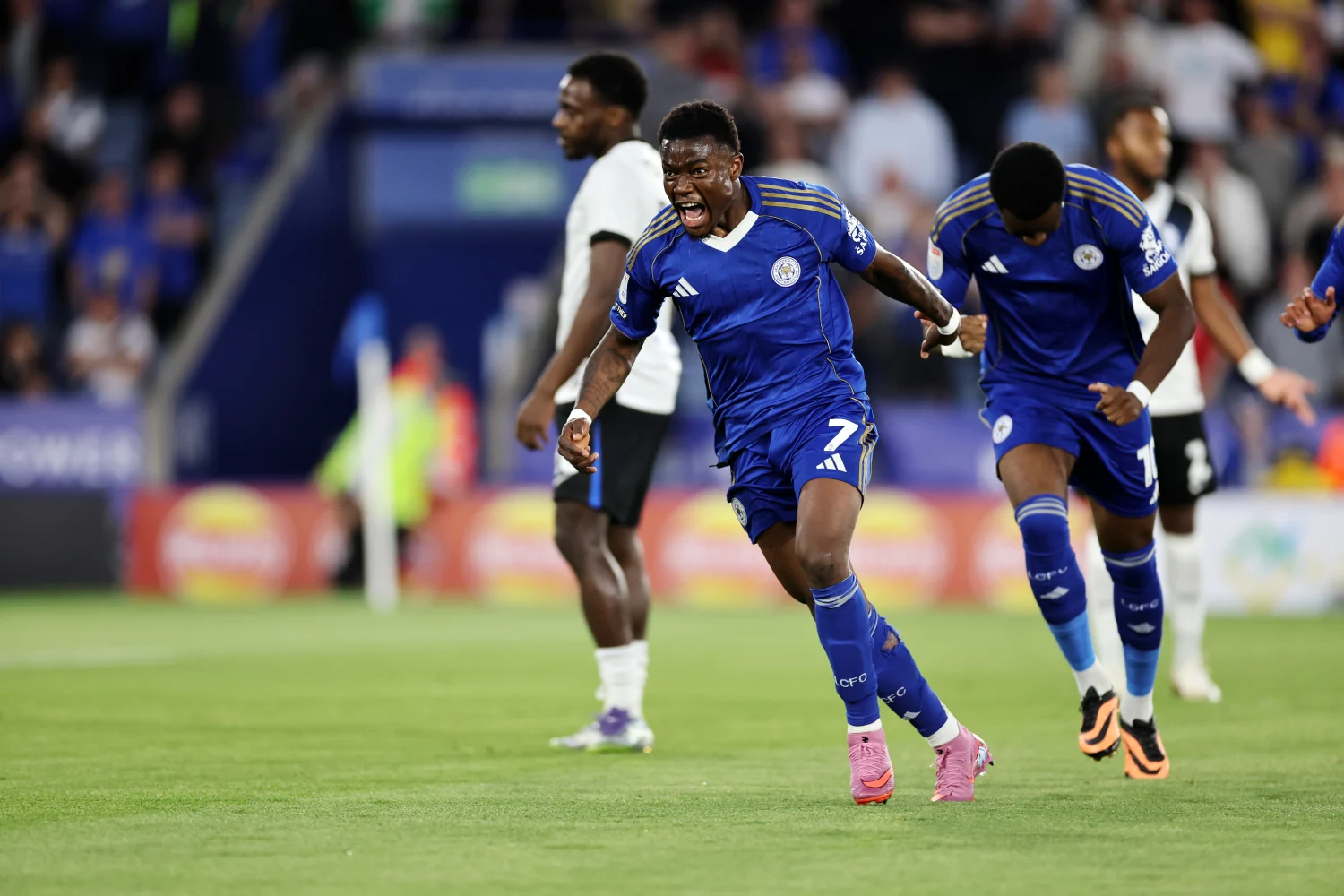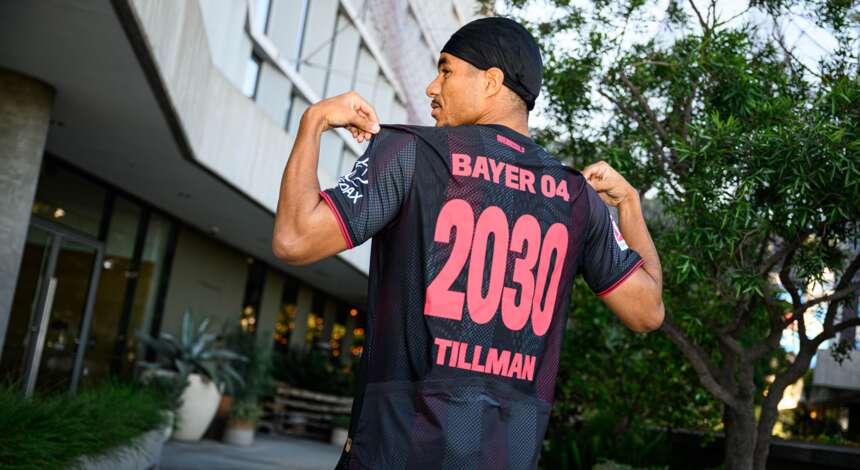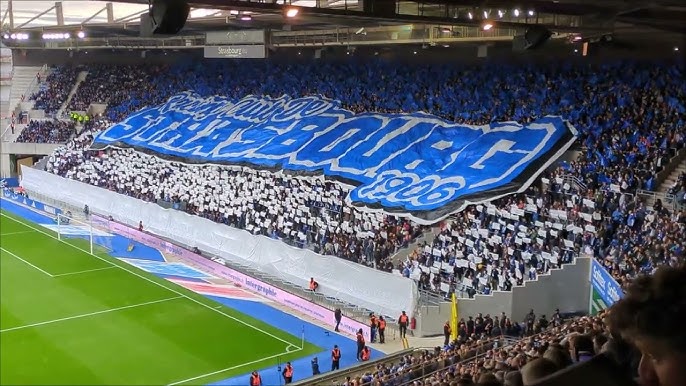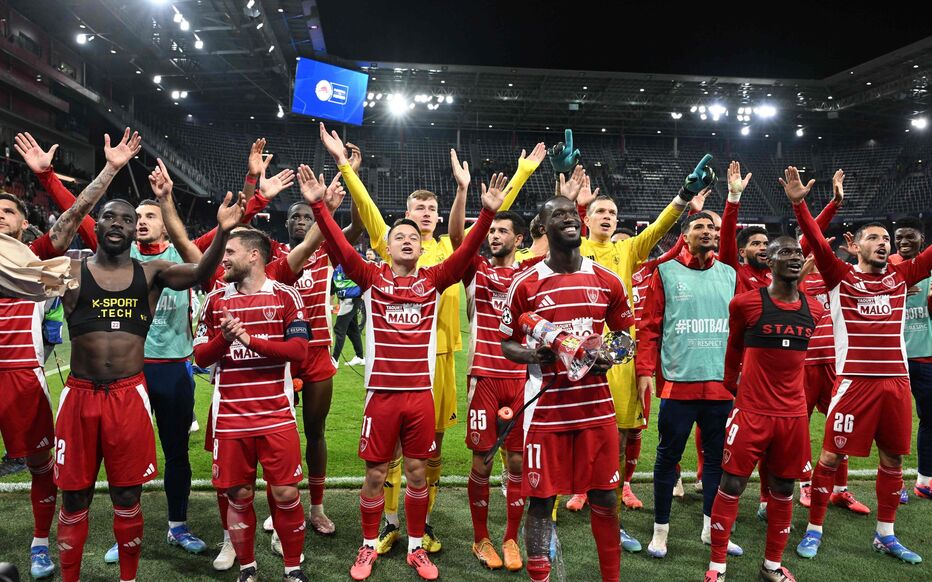My story with RC Strasbourg starts with a notification, on June 22nd, 2023; “Chelsea complete purchase of Ligue 1 side RC Strasbourg”. “Who are they?” I ask my friends. “No idea” is their reply. This book, in metaphorical terms, generally remained closed since then, other than the odd sentence or two when another young prospect from Chelsea is sent on loan there. Along with the sarcastic remark that amused me more than most others I shared it with, when I suggested it’ll be Frank Lampard and Ashley Cole taking over the dugout when they sacked Patrick Vieira.
French football has so many stories to be told, one I’ve already delved into elsewhere in this series of club profiles. It wasn’t until I reflected on the Ligue 1 table, a league where the ever imposing presence of Paris Saint-Germain have already claimed yet another title in, where I realised that “Chelsea’s feeder club” are making their own headlines, telling their own story, away from all the conversations about their close relationship with the Blue side of South-West London. As of writing, they’re sixth and four points off of second place Marseille, who occupy one of the two remaining universally sought after Champions League spot; and being undefeated in the league since the start of February, it seems to be all steam ahead for Les Bleu et Blancs.
So where did this club begin? What has led them to the precipice of a return to the competition of Europe’s elite for the first time since 1980? This humble story starts in 1906, where a group of young friends playing football with a ball made of old rags caught the eye of a local teacher. With their help, the ensemble of lads managed to pull some extra funds together to purchase a proper leather football. From there, they went on to form their own team, FC Neufdorf. At this stage, the quiet Eastern region of Alsace was under German occupation, which gave the club a much more German sounding name upon its founding. Historically, German and French forces have battled over the area, dating all the way back to 1871 when Alsace was annexed to new parts of the German Empire. Today, after it’s ownership flummoxed between the two throughout the 1900s, the architecture of the area reflects both German and French styles, offering a distinct personality and atmosphere to those who visit, a personality represented in the club to this day.
After its formation, the club had to ground share with its biggest rivals, FC Frankonia. Neufdorf (RC Strasbourg) signed an agreement to play at the Haemmerlé Garten with the manager of the restaurant located at its entrance, which later became the ground they used to build their current stadium on, the Stade de la Meinau, after evicting FC Frankonia of the rights to use the ground after their club size usurped that of the original owners of the ground. In 1921, the club rebranded to RC Strasbourg, with club members helping to build their new stadium’s first stand that year also, which held around 800 people. This is when it would be decided that the new stadium would be called the Stade de la Meinau.
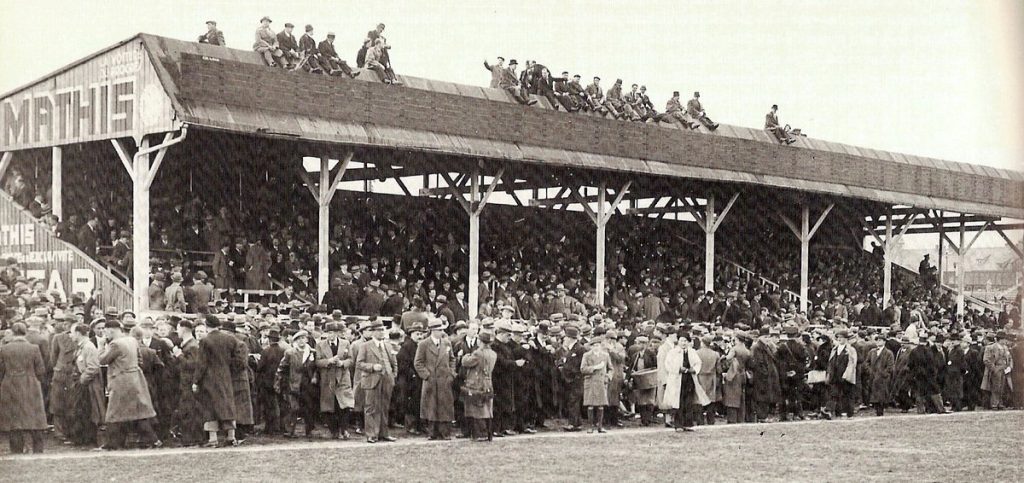
“The Racing” became professional in 1933 before they completed the Stade de la Meinau in 1938, ready for it to host a match between Brazil and Poland in the 1938 World Cup. The stadium was modernised with new telephone lines so the game could be broadcast in Brazil, along with new changing rooms. In 1951, the club continued to take strides towards a new era of football, installing a new 2500 seat stand off the back of a monumental year on the pitch, where they won their first ever major trophy by defeating US Valenciennes-Anzin 3-0 in the Coupe de France final in Colombes.
However, this legendary win for the club would not mark the beginning of a dominant period for them, as they were relegated twice throughout the 1950s, dropping to the second division (or Ligue 2 as it is known today) in 1952 and 1957, though in between this did come close to a domestic final in 1954 before tasting defeat to Lille in the French Cup semi-finals. The 60’s would be a much more rosier period for the club, entering Europe for the first time in the 1961/62 season where they competed in the European Fairs Cup, but were emphatically eliminated from the knockout-style tournament
13-3 on aggregate across two legs to MTK Budapest.
Financial peril burdened the club at the start of the 1970s, and the ownership at the time decided to take a risk and merge with local amateur side, Pierrots Vauban. However, this failed miserably, as the club- now renamed Racing Pierrots Strasbourg Meinau following the merger- were relegated twice under the new name, once in 1971 in the first season of the re-brand and once in 1976, where the merger was ended and the club once again became Racing Club de Strasbourg. All was not bad for RC Strasbourg though, returning to the first division on the first time of asking on both occasions.
The end of the 1970s saw a wonderful end to the decade for the club, despite its rough start. Under the leadership of one of their own, Strasbourg-born Gilbert Gress, the club won their first Ligue 1 title in 1979, going undefeated at home. A then 30-year-old Arsène Wenger was registered as a player in this season for the Alsetians, but under Gress’s tutelage, he would spend most of the season taking his first steps into management, managing their youth side.

Unfortunately, this would not mark the start of a memorable period for the club- in fact, it was anything but, just like it was in the 1950s. By the start of the 1980s, politician Andrè Bord had taken over the club, signing well established, recognisable names at the time like defender François Bracci and the Argentinian PSG striker Carlos Bianchi. However, Gress felt like the players did not suit his system, and the fans began to align with him as tensions rose between him and the new owner. History tells us that it’s the manager that never survives in situations like these: and this was proven at the end of the 1980/81 season, where Gress was sacked despite Strasbourg finishing 7th. The famous side that won the 1979 title were slowly released on from their contracts and allowed to leave for free, replaced by more well known names that simply did not fit the bill. The club suffered the embarrassment of relegation in 1986, and would not return to the first division until 1992.
After a quiet start to the 1990s where the club eventually returned to the first division in 1992, owner troubles under a group named IMG- led by a former tennis player named Patrick Proisy- burdened the club throughout the end of the decade and into the early 2000s after their takeover in 1997. Despite this, they still won the Coupe de la Ligue in 1996 and another Coupe de France in 2001, whilst finishing dead last in Ligue 1 in the same season. IMG said au revoir in the summer of 2003.
Their departure did not spell an end to what may have seemed to be never ending financial problems at the club after a varied period of form throughout the mid-noughties cast a cloud over the club once more. Under the management of club legend Jacky Duguépéroux, captain of the squad that won their first division title in 1979, the Alsatians won their second Coupe de la Ligue in 2005 which brought another European escapade that saw them get to the knockout rounds (before being eliminated by Basel in the round of 16). However, the intense schedule with European football took its toll, and Strasbourg were relegated in 2006. Whilst fortunate enough to come back to Ligue 1 in 2007, they were once again relegated in 2008, yo-yoing between divisions. This time though, ahead of the 2008/09 season, there would be no yo-yoing back to the first division, as the club finished in 4th outside of a promotion place, an antagonising one point outside of third place Boulogne.
After coming so close, there was a feeling of optimism in the club still in the summer of ’09, despite the departure of key midfielder Renaud Choade and the departure of eight players on free transfers. However, those also signed on a free to replace those who left were clearly insufficient reinforcements, and Strasbourg suffered the embarrassment of relegation to the third division at the end of the season. During the season, the club faced lots of trouble behind the scenes also, going through six (!) different club presidents as a massive dept continued to eat away at the club.
By 2011, these debts reportedly hit €20 million, with an annual deficit of €4.4 million. This is when the club were forced to file for bankruptcy and were subsequently relegated to the fifth division of French football.

By the end of the 2011/12 season, with promotion to the fourth tier secured, former Strasbourg midfielder and then-director of football Marc Keller lead a consortium to take over the club in the summer of 2012, with all sporting directors reportedly paying a euro each for corporate and branding rights to the club. This would offer a new wind to the side, who would experience a string of promotions that saw them return to Ligue 2 in 2016. Such momentum saw them return to Ligue 1 at the first time of asking in 2017, led by Thierry Laurey. After an abysmal second half of the 2017/18 season, the Alsatians were on the brink of a return to Ligue 2 once more, until one club icon Dimitri Lienard stepped up with 94 minutes on the clock on the penultimate matchday of the season against Lyon, slamming an unbelievable free kick into the back of Anthony Lopes’s goal.
The following season, with more fresh faces joining the side like Ludovic Ajorque and Matz Sels, Strasbourg completed the seemingly impossible before the start of the season and ended up lifting their fourth Coupe de la Ligue title in 2019, thanks to heroics from goalkeeper Bingourou Kamara in the final against Guingamp. The club’s form dipped in and out from here though, finishing 10th, 15th, a noteworthy 6th, 15th and most recently 13th from here. At the end of the 2022/23 season though, after finishing 15th under three different coaches, RC Strasbourg opened a new chapter of the club after being acquired by BlueCo in June, just over a year after they had purchased Chelsea across the English channel. This saw Patrick Vieira take over at the helm and many young players from Stamford Bridge make their way to the Stade de la Mienau, such as Brazilian duo Andrey Santos and Angelo Gabriel. Since then, the likes of Djordje Petrovic, Caleb Wiley and Diego Moreira have also worn the blue of Strasbourg Alsace.
The Arsenal legend would not last long in the dugout though, parting ways with the club in July 2024. Meanwhile, eyebrows were raised across the EFL in England as Hull City narrowly missed out on the playoffs in the Championship. This led them to act in a cut throat way and sack young head coach Liam Rosenior, disagreeing with his philosophy, opinions and seemingly lack of ability to get Hull back to the Premier League. As the summer transfer merry-go-round began for players and managers alike, Rosenior was appointed manager on July 25th, a week after Vieira left his post. The Englishman immediately set to work to establish a young core of hungry players in his side, acquiring the likes of Sekou Mara of Southampton, Mamadou Sarr of Lyon and Guela Doué of Nice to name but a few young names he trusted to bring in.
Aged just 40 himself, Rosenior clearly understood that age does not mean quality will not be compromised. With an average age in the squad of just 21.3 years of age- the youngest in Ligue 1 this season- the former Brighton midfielder has created an electric and dynamic young side, playing a sort of real life football manager with a side of inspired wonder kids. Now, with just four games to go, this rag-tag bunch of youngsters still perfecting their craft are just four points off second place Marseille and only outside a European place on goal difference.
Yet all is not well in Alsace. After Keller sold to BlueCo, civil war was sparked across the fanbase of the club, with many feeling they had been betrayed by Keller and he had forgotten the great regional pride that exists within the area that means they should never have become part of a portfolio of businesses for BlueCo to make of football clubs. The feeling of betrayal runs deeper when upon the sale of the club, Keller reassured fans that their beloved Strasbourg would firmly remain a separate entity from Chelsea. Now, as moves like the sale of young centre half Mamadou Sarr to Chelsea have been completed, many feel this is a signal for the future and won’t be the last move of this nature, whereby the West London club snatch up any talent they feel. This has led many fans to feel they have become “Chelsea’s B side”, feeding from the scraps of their reserves and under 21 sides they feel are disposable.
So what have ultras in the stadiums done to make their feelings known about their new owners? For the opening 15 minutes of every match, ultras remain deadly silent, not a word ushered, descending the stadium into an eerie silence. This leads other fans in the stadium to protest the ultras, sparking the aforementioned civil war raging in the fanbase of the club today. Online squabbles persist, and physical violence has often been resorted to, with reports suggesting the leader of the ultras has to avoid glass bottles thrown at him from time to time. But BlueCo are succeeding, regardless of what the fans may think or how their current success may make them feel, conflicted as they may be about it. Their philosophy, seen more clearly at Chelsea, is to prioritise the future, and to invest in prospects of tomorrow rather than the experience and quality of today. Like Chelsea, Strasbourg are a good side now, regardless of their age- but in four to five years time perhaps, they will be great, even if they are still the vice to Chelsea and their talent.
Objectively, the money is not there in most sides in Ligue 1 outside of the “oligarchs” of Paris that have already clinched their 11th league title in their last 13 seasons. Strasbourg were mediocre before the investment of BlueCo (apart from the anomaly season of 2021/22 where they finished 6th), but now have the investment and talent to avoid the relegation question. Nevertheless, the admirable nature of the protests as fans promote their unwavering loyalty to the club and their identity must be admired in an age where football club owners grow more and more alienated from the moral standard of the clubs they own, where they turn their nose up at the hopes, dreams and prayers of its most loyal fans.

While the European fortunes of RC Strasbourg are still yet to be discovered, Keller, Rosenior and those high up at the club in Alsace seemingly have an indefinite battle with the Ultras on their hands as lomg as BlueCo remain. Whatever the future of this great club holds, owned by BlueCo or not, the culture and the efforts of these fans and these people must be commended, and would be a worthy cause to stand behind as the lowly supporters battle with the money-hungry owners of today. So from across the pond, I salute you ultras, and as they’ll sing from the 15th minute onward as the Stade de la Meinau, Allez Racing Allez.
